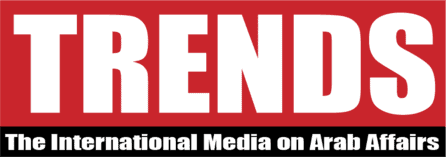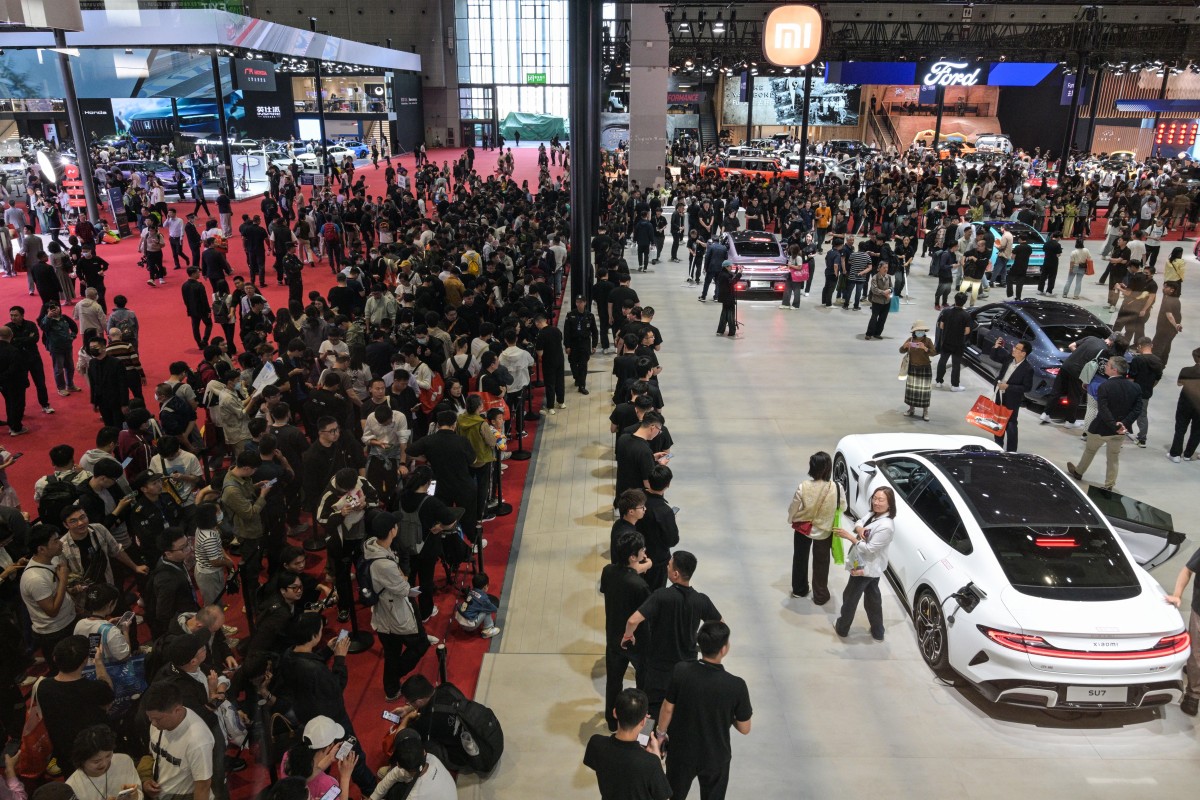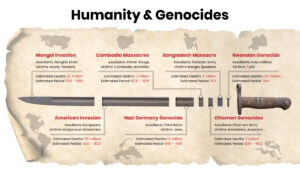Beijing, China — China’s consumer prices rose in October, official data released on Sunday showed, reversing months of stagnation and decline as the country battles a range of economic headwinds.
Beijing has struggled to maintain a strong economic recovery from the pandemic, as it fights a debt crisis in its massive property sector, chronically low consumption and elevated youth unemployment.
The consumer price index, a key measure of inflation, rose 0.2 percent year-on-year last month, according to the National Bureau of Statistics (NBS).
Consumer prices were stagnant in July followed by two months of decline.
A trade war with the United States has intensified China’s economic challenges.
But the world’s two biggest economies reached a detente after US President Donald Trump met with his Chinese counterpart Xi Jinping in South Korea at the end of October.
Factory gate prices also dropped in October, the NBS reported, but at a slower rate than the previous month.
The Producer Price Index (PPI), which measures the prices of goods before they enter wholesale or distribution, fell by 2.1 percent in October from a year earlier, compared to 2.3 percent in September.
A fall in PPI means tighter margins for companies engaging in fierce price wars, which authorities are trying to curb.








